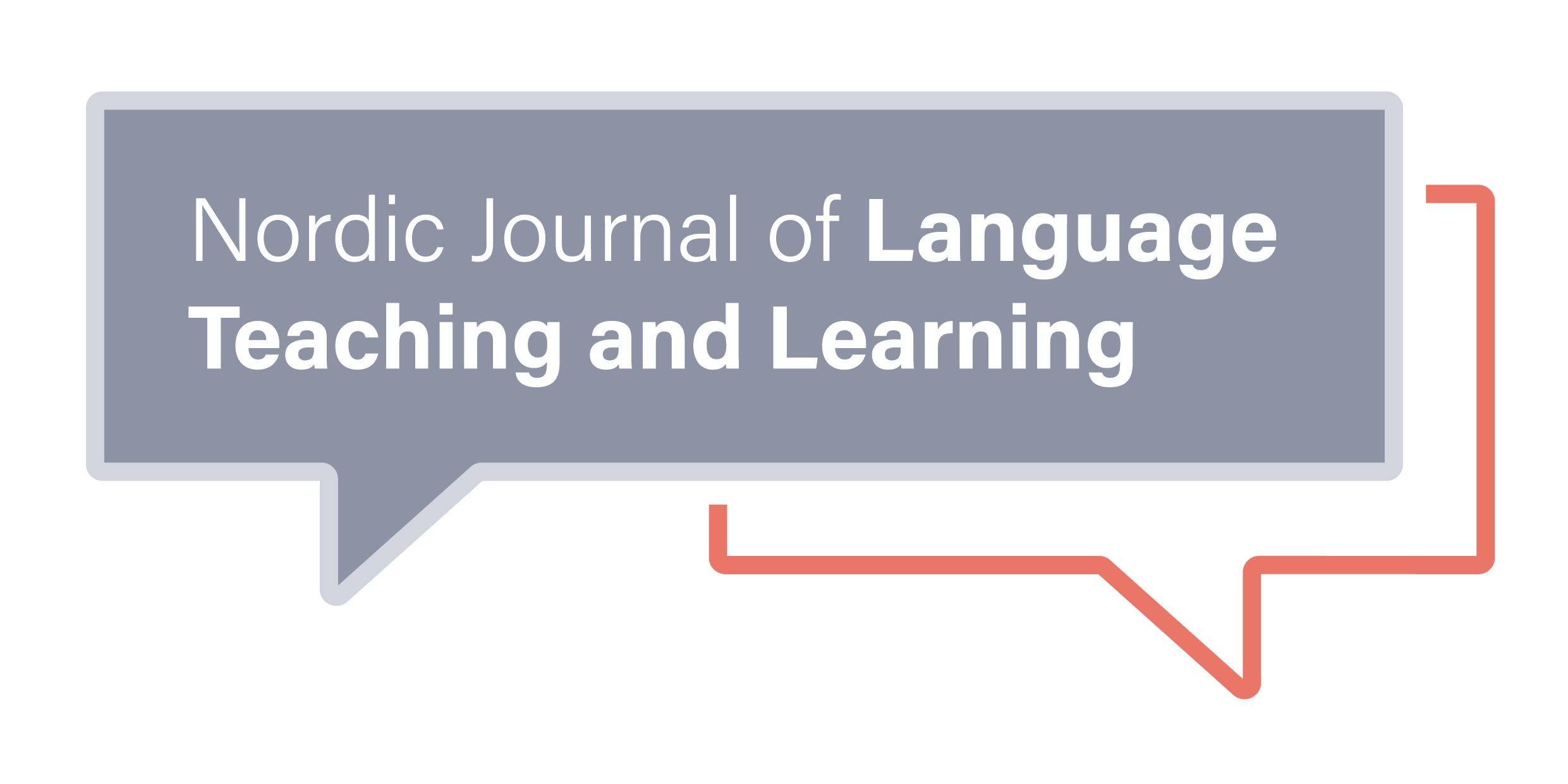Reflexiones sobre la idea de comunicatividad para la clase de español como lengua extranjera en Noruega
Abstract
This article is to be conceived as a reflection on communicative oriented foreign language teaching in Norwegian compulsory education. More specifically, the objective is to succinctly examine some key aspects in the implementation of a communicative approach in the Spanish as a foreign language classroom. Based on existing research on foreign language teaching in Norway, it can be affirmed that despite the communicative paradigm initiated half a century ago, the implementation of communicative oriented practices in lower secondary school is limited. This is due, among many other factors, to the strong impact that language teacher schooling beliefs exert on teaching practices over the theoretical principles upon which the curricular reform is based (Kunnskapsløftet-K06). Thus, the success of the recent curricular renovation (Fagfornyelsen-K20) lies in part on how language teacher development programs, both pre-service and in-service, convey the communicative oriented teaching principles to engage teachers in a critical reflexive process of cognition articulation. This reflection examines these principles and suggests an eventual approach for teacher development programs to facilitate the challenge that students face when establishing connections between theory and practice and the articulation of their cognitions.
Keywords: teacher cognition, Spanish as a foreign language, curriculum reform, teacher development, communicative language teaching.
RESUMEN
Este artículo se concibe como una reflexión acerca de la idea central de comunicatividad en la enseñanza de lenguas extranjeras en la educación reglada noruega. Más concretamente, el objetivo es examinar sucintamente los aspectos clave en la implementación de un enfoque comunicativo en la clase de español como lengua extranjera (ELE). Desde la conjunta investigación en didáctica de lenguas extranjeras en Noruega, se constata que cinco décadas después del inicio del paradigma comunicativo, la enseñanza de lenguas en la escuela secundaria noruega muestra una limitada orientación comunicativa. Uno de los factores que explican este fenómeno es la fuerte influencia que ejercen las creencias de los profesores originadas en su periodo de escolarización por encima de los principios teóricos sobre los que se sustenta la reforma educativa vigente (Kunnskapsløftet-K06). El éxito de la nueva renovación educativa (Fagfornyelsen-K20) radica parcialmente en cómo los programas de desarrollo docente, tanto de manera inicial como continua, vehiculan los principios de la enseñanza comunicativa para que los profesores participen en procesos de reflexión crítica en la articulación de sus creencias. Esta reflexión examina estos principios y sugiere un eventual acercamiento en los programas de formación que facilite el reto al que se enfrentan los estudiantes de relacionar conceptos teóricos con su implementación práctica y la articulación de sus creencias.

Copyright (c) 2021 Xavier Llovet

This work is licensed under a Creative Commons Attribution-NonCommercial 4.0 International License.
Authors who publish with this journal agree to the following terms:
a. Authors retain copyright and grant the journal right of first publication with the work simultaneously licensed under a Creative Commons Attribution License that allows others to share the work with an acknowledgement of the work's authorship and initial publication in this journal.
b. Authors are able to enter into separate, additional contractual arrangements for the non-exclusive distribution of the journal's published version of the work (e.g., post it to an institutional repository or publish it in a book), with an acknowledgement of its initial publication in this journal.
c. Authors are permitted and encouraged to post their work online (e.g., in institutional repositories or on their website) prior to and during the submission process, as it can lead to productive exchanges, as well as earlier and greater citation of published work (See The Effect of Open Access).
PRIVACY STATEMENT
The names and email addresses entered in this journal site will be used exclusively for the stated purposes of this journal and will not be made available for any other purpose or to any other party.




